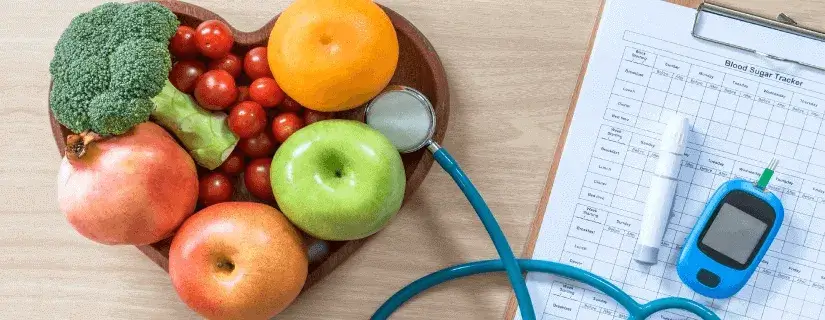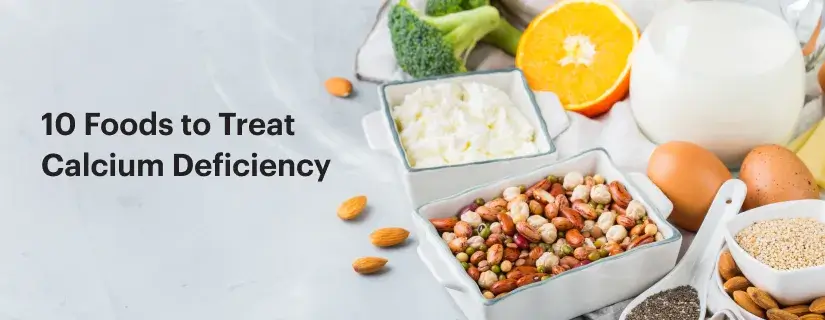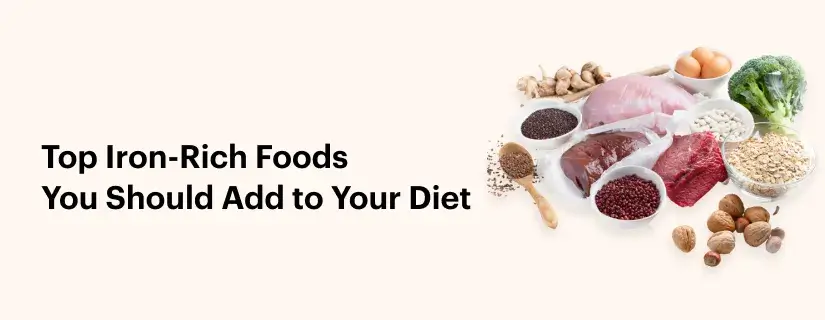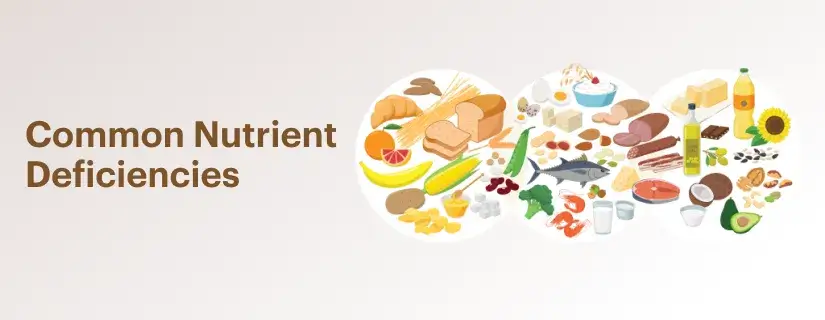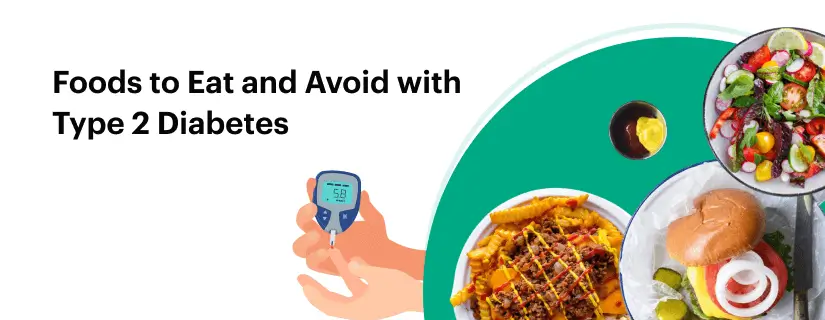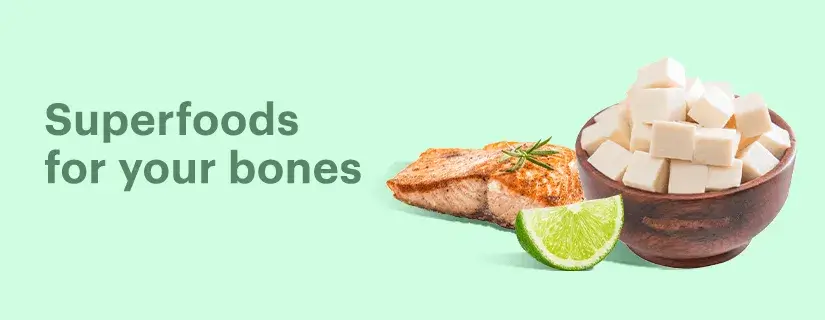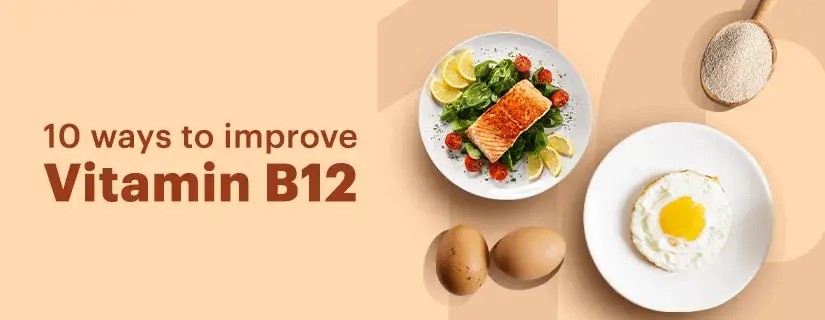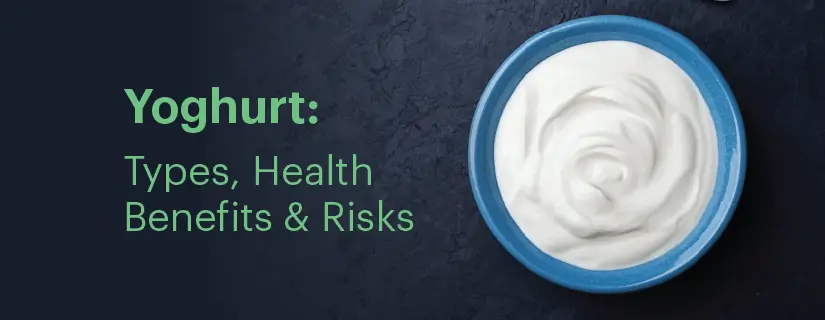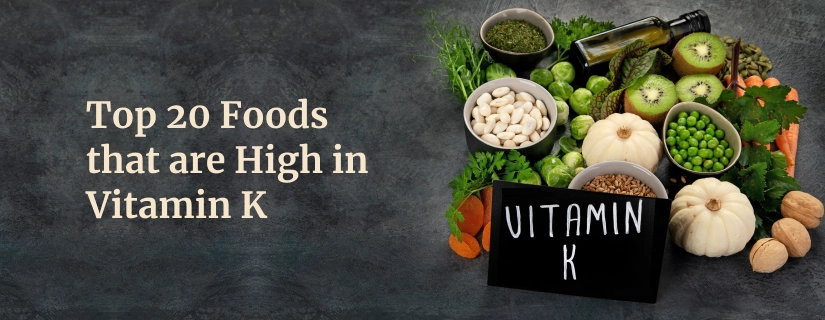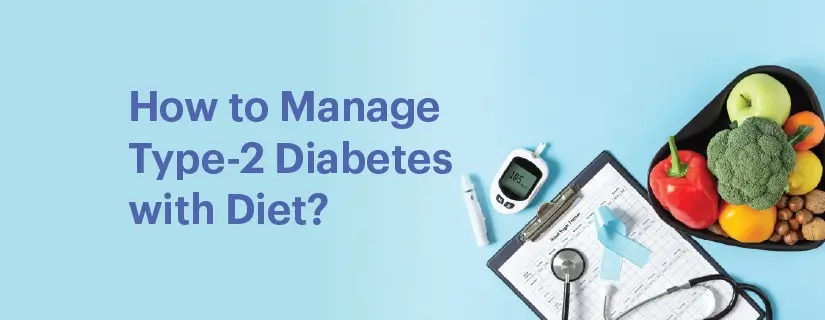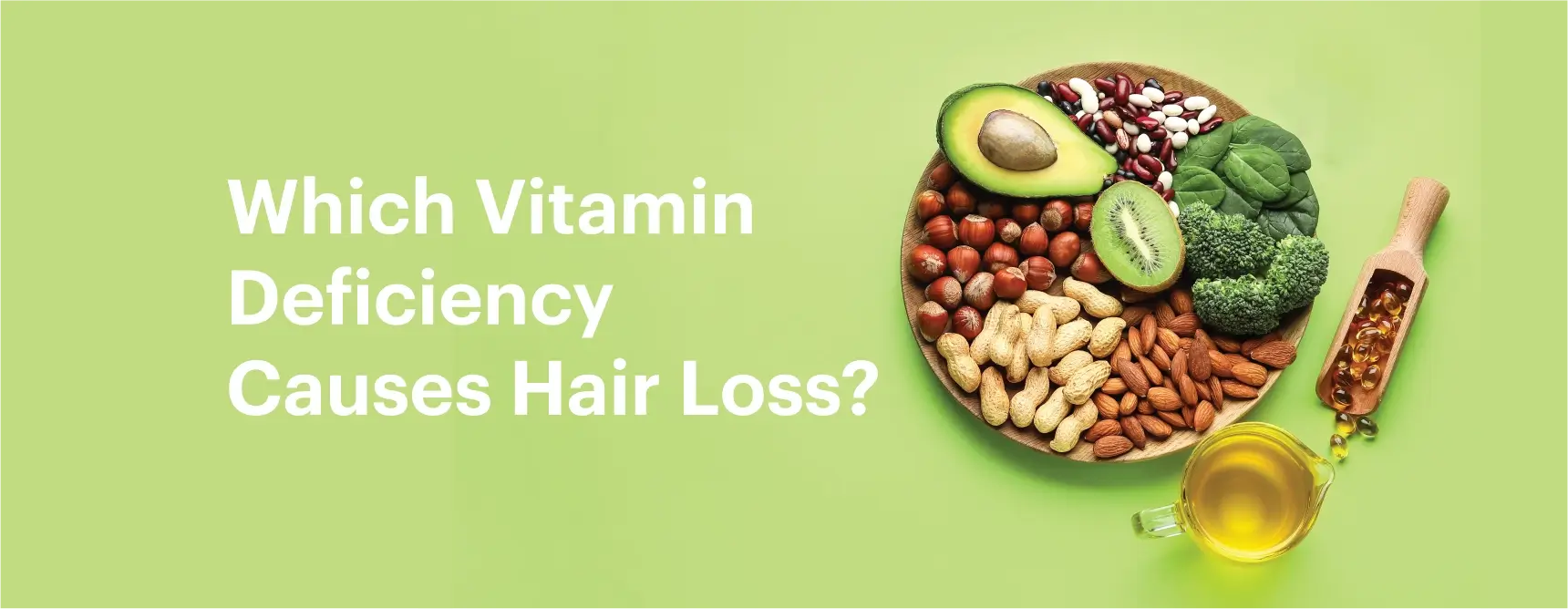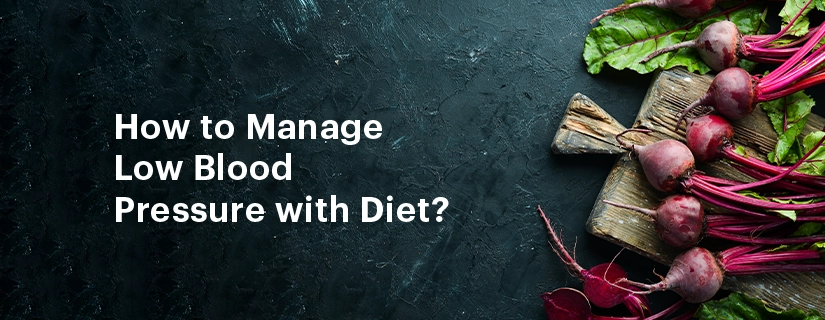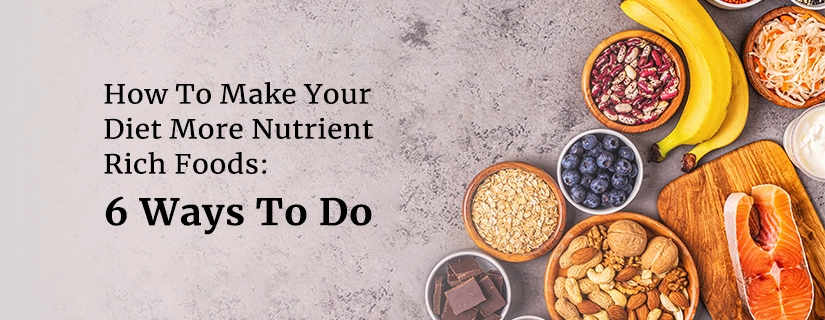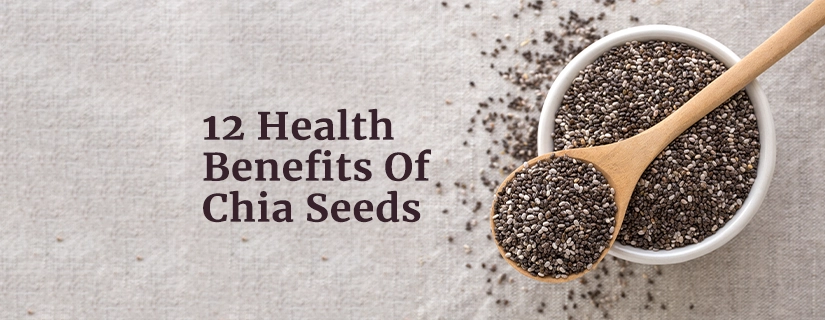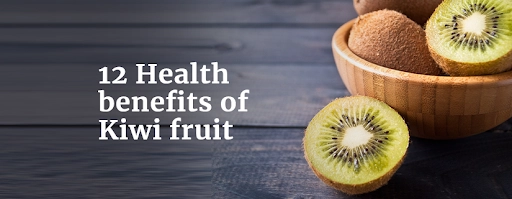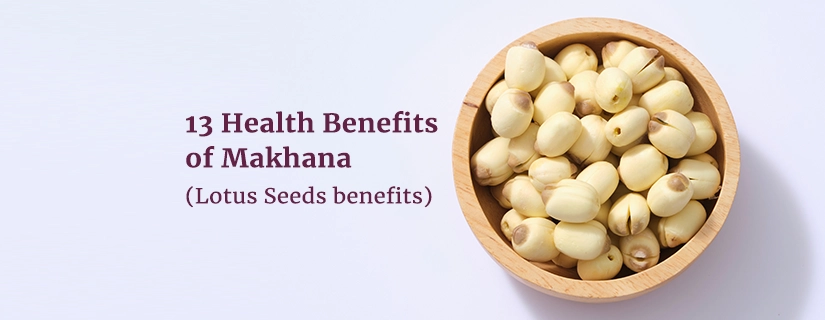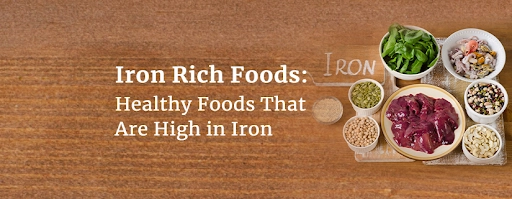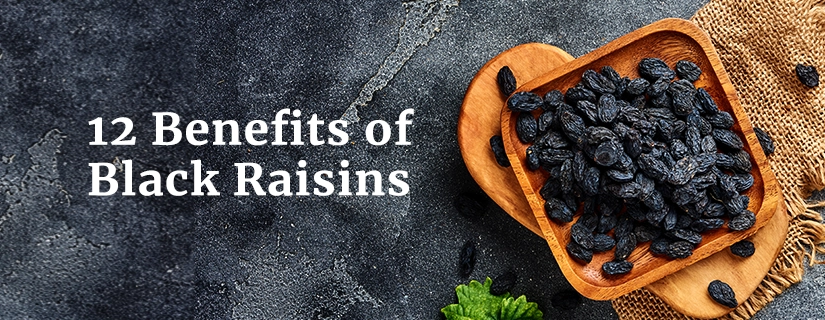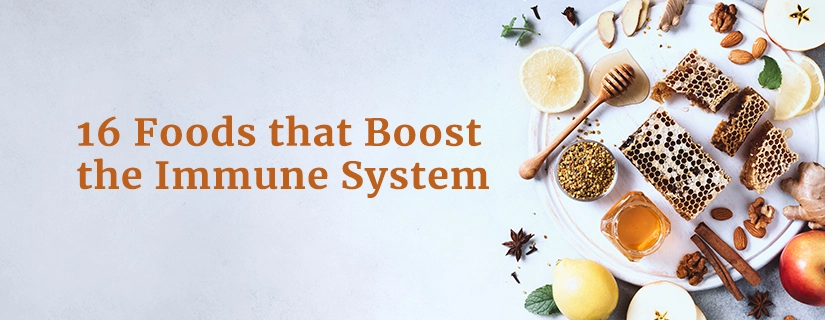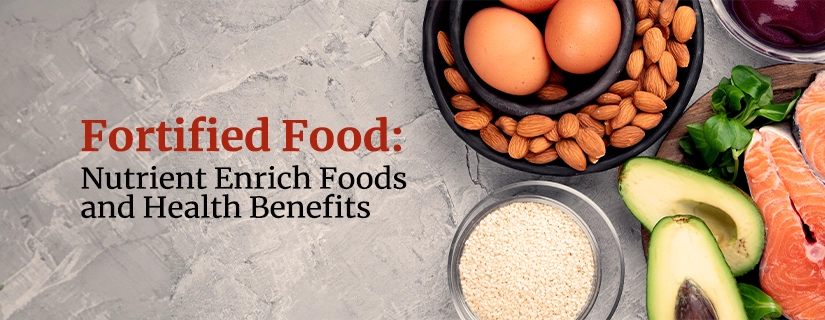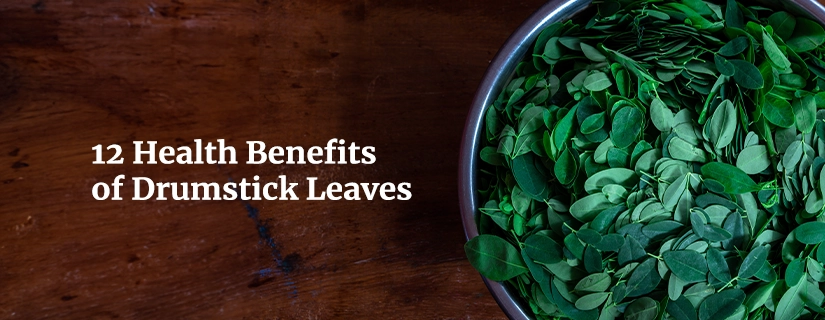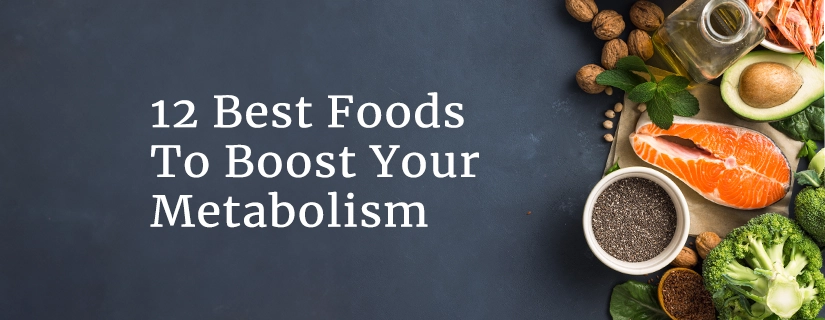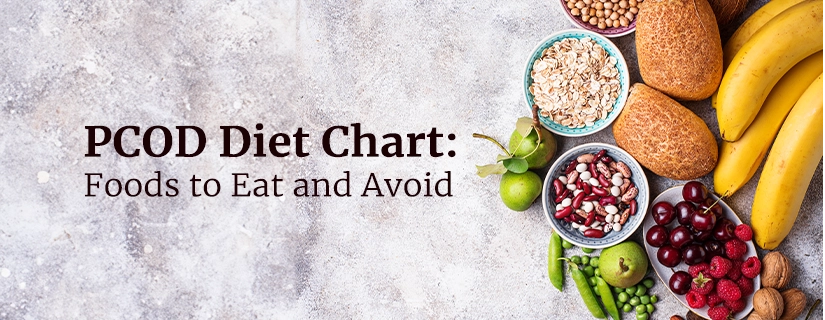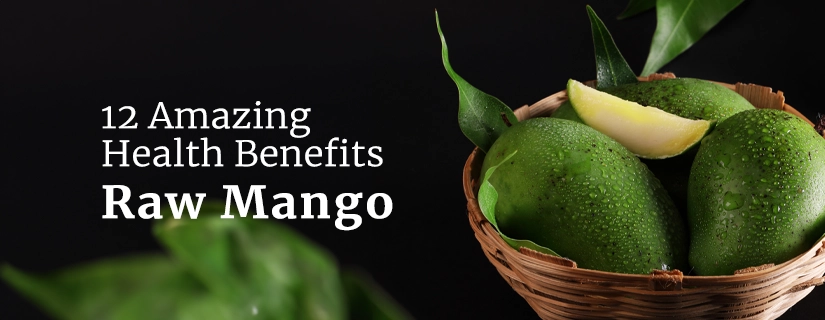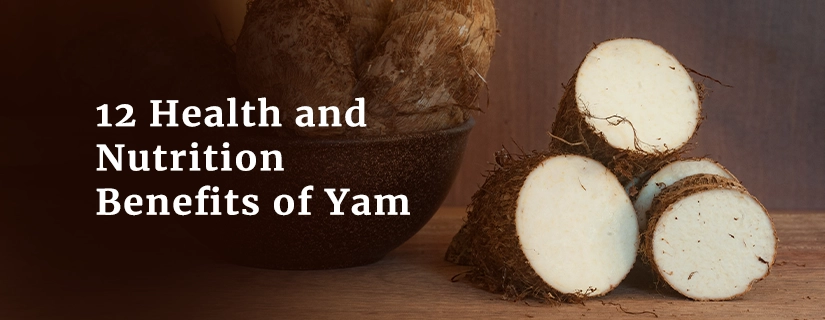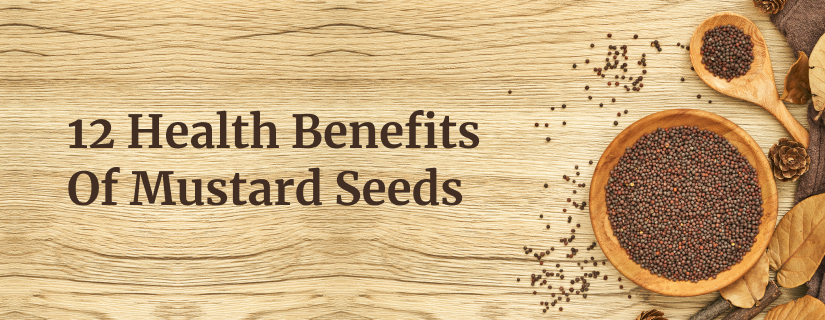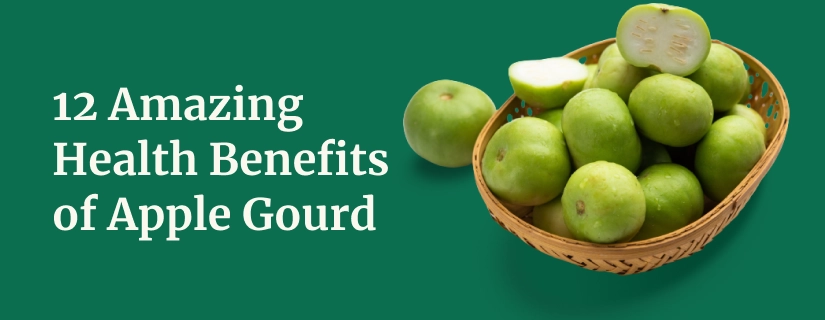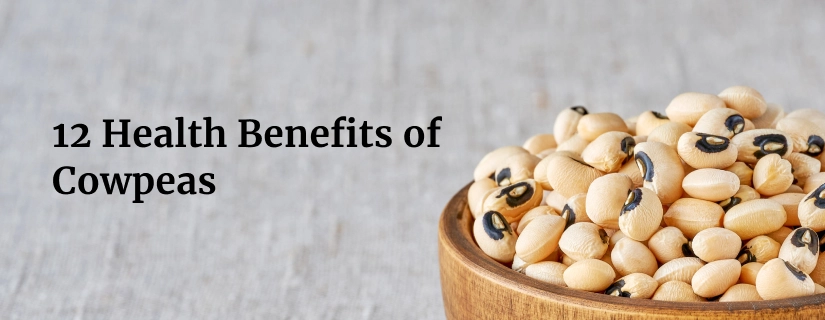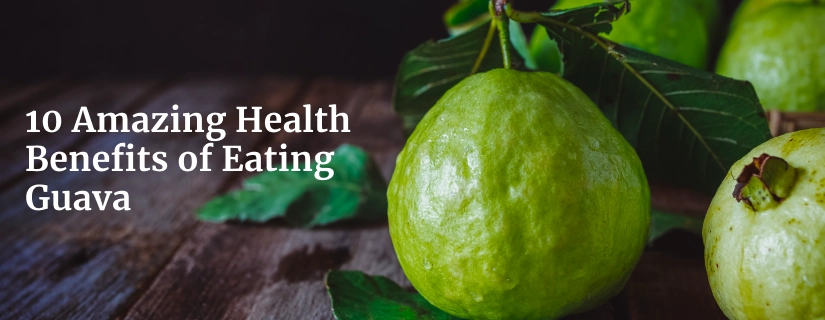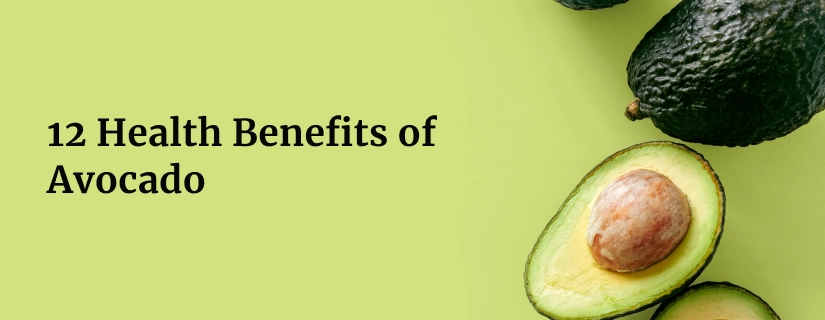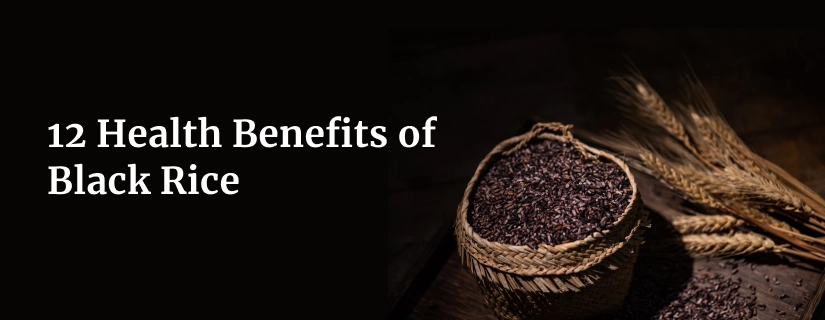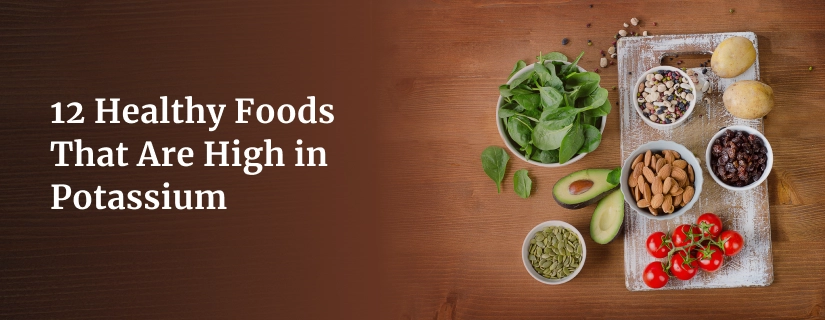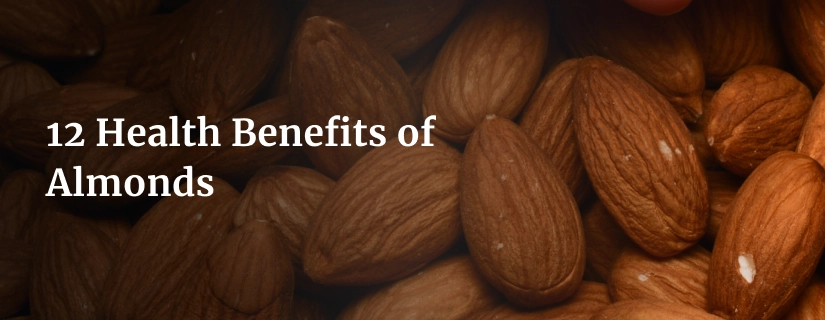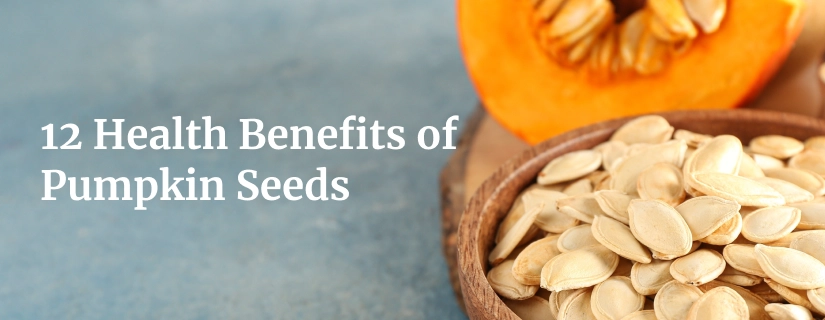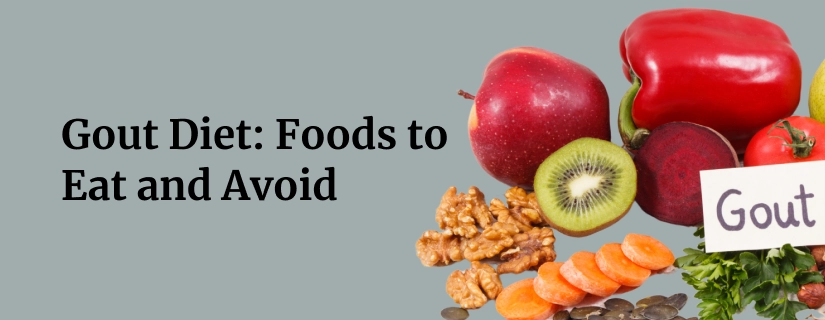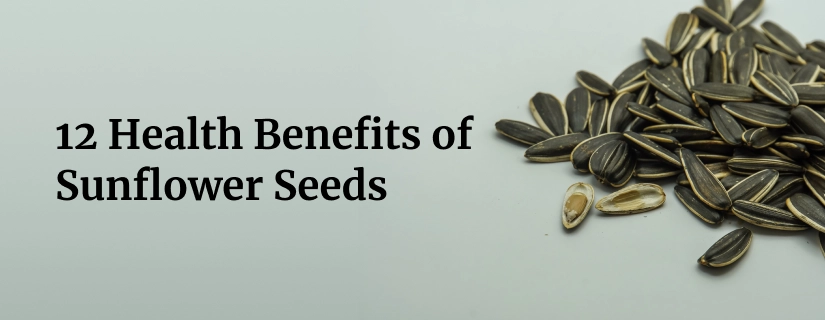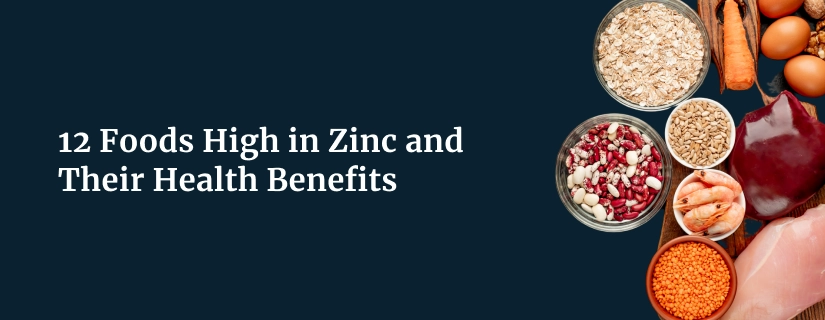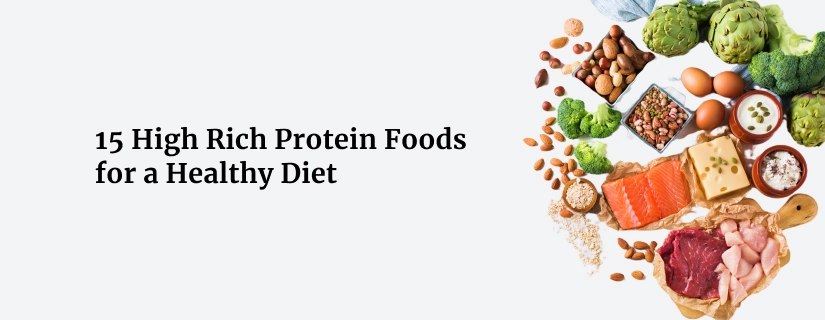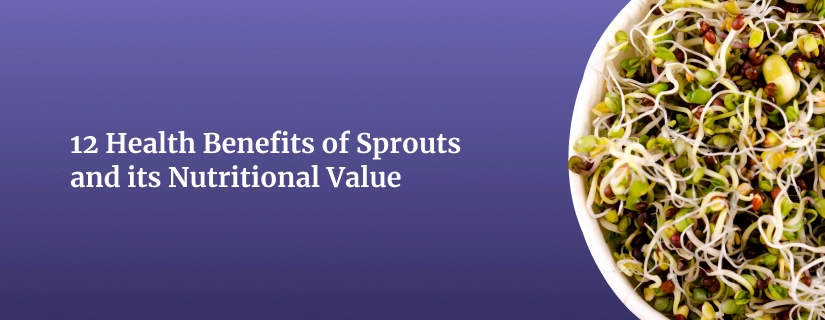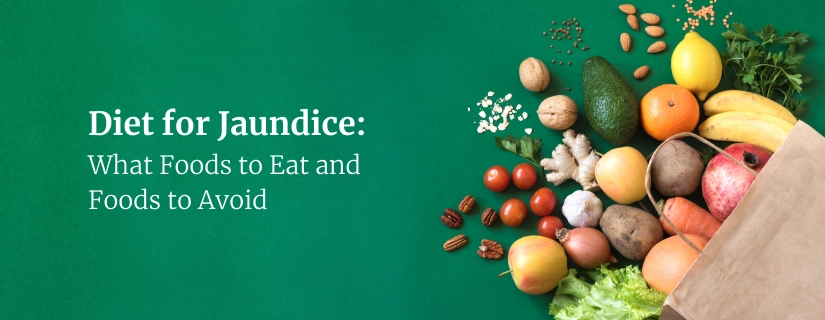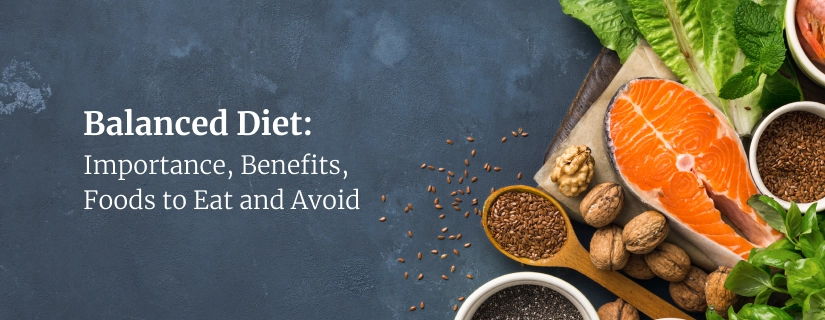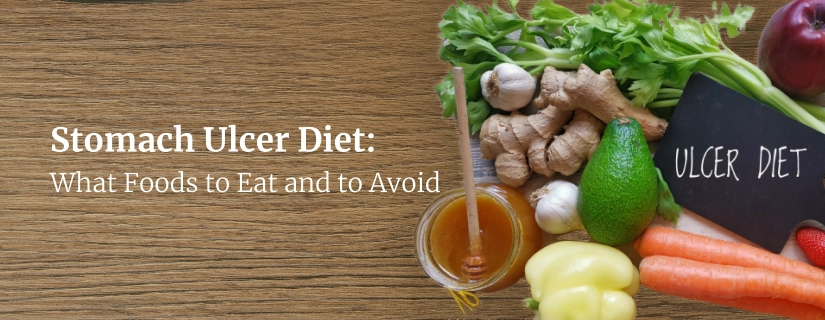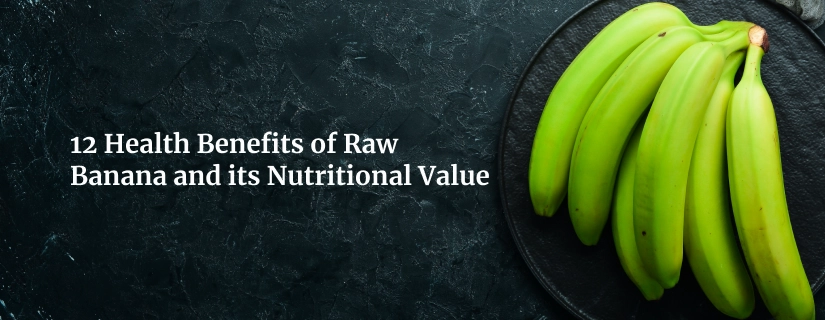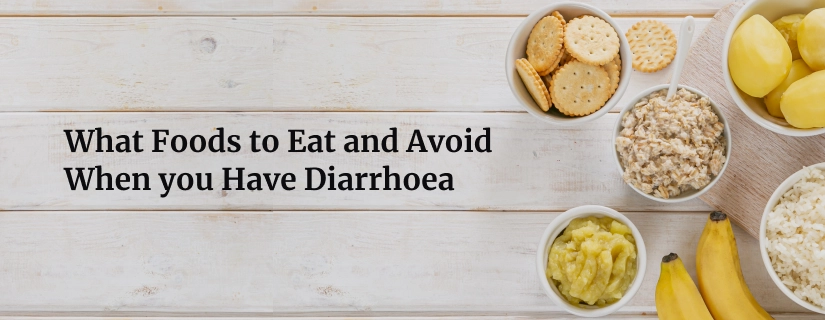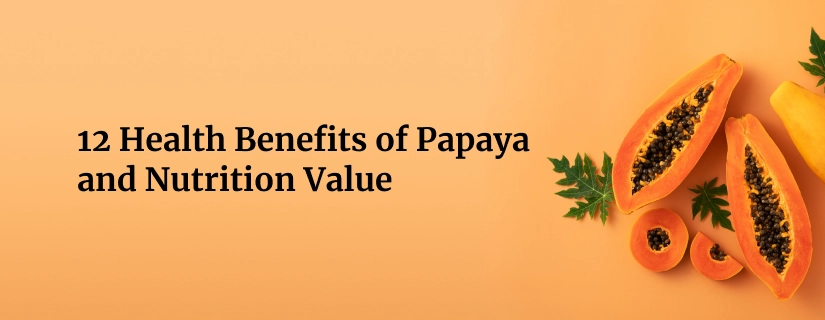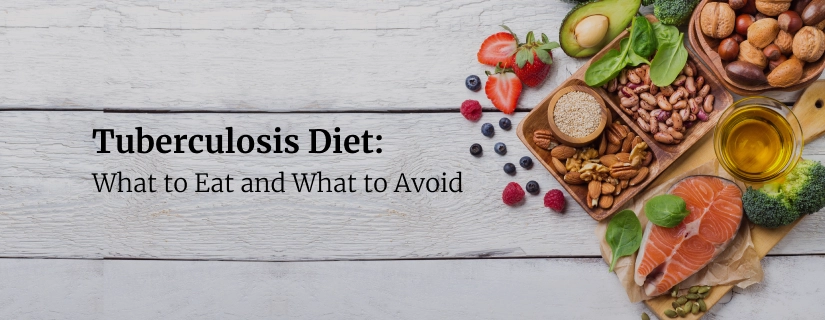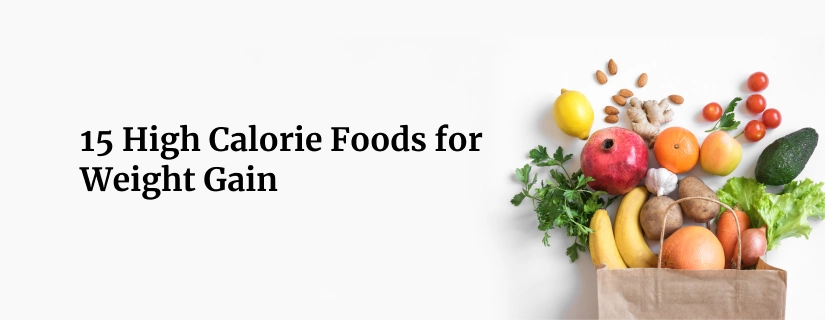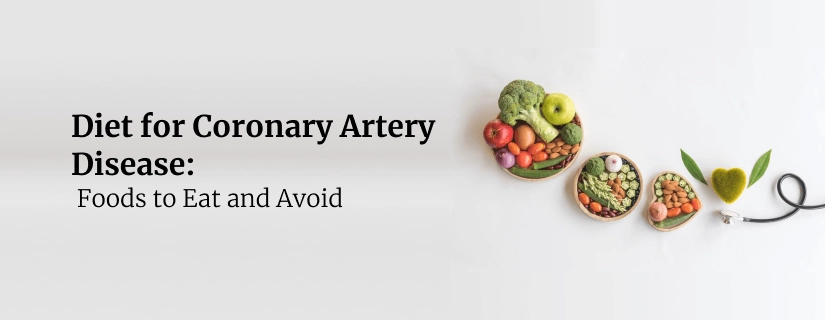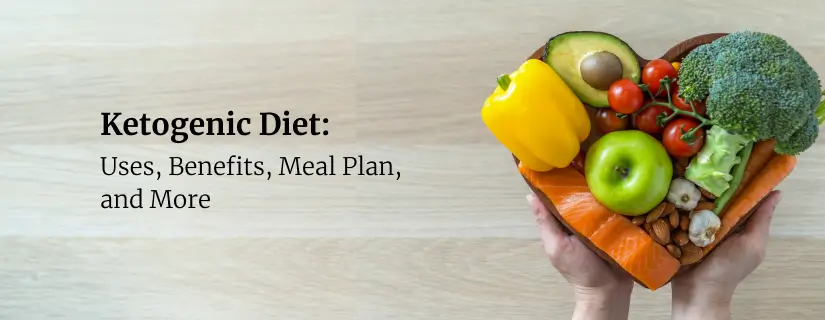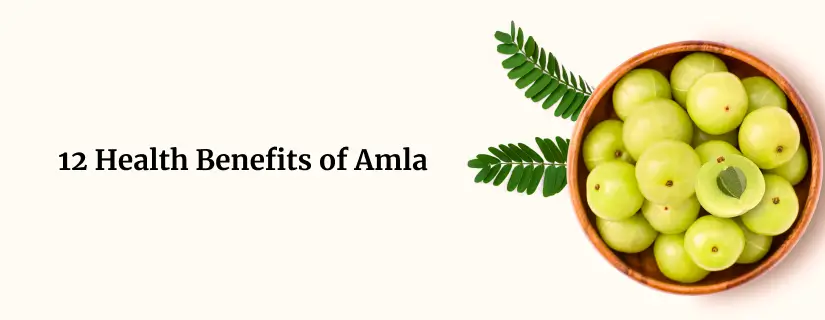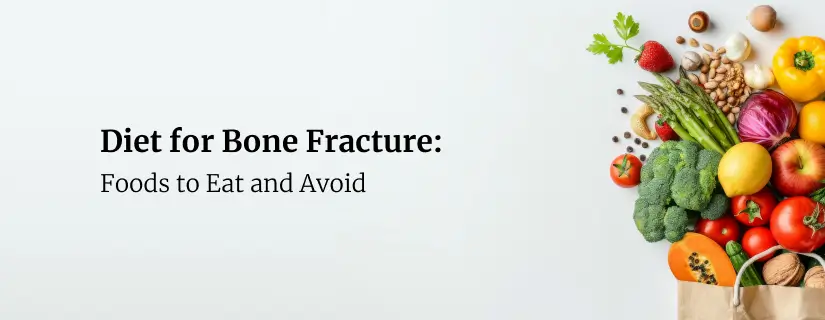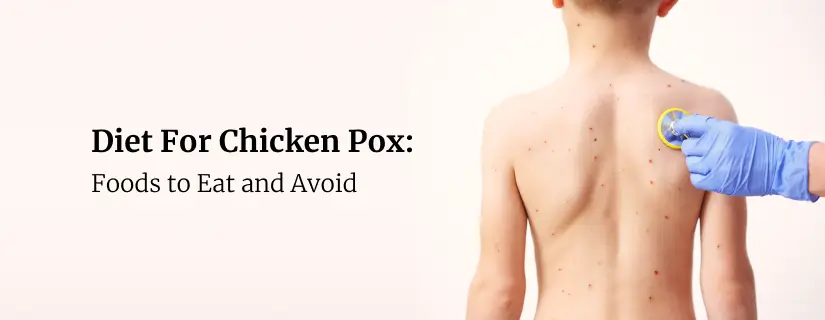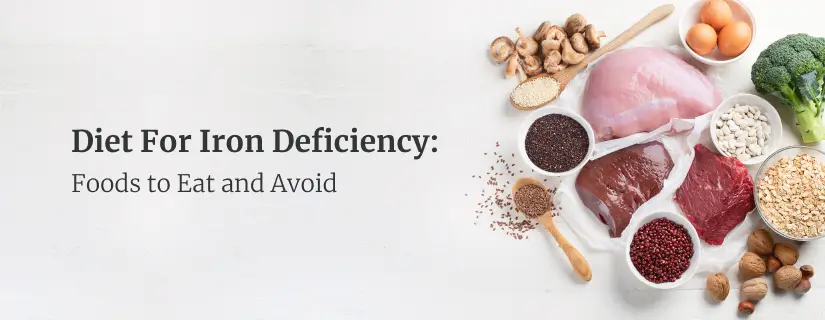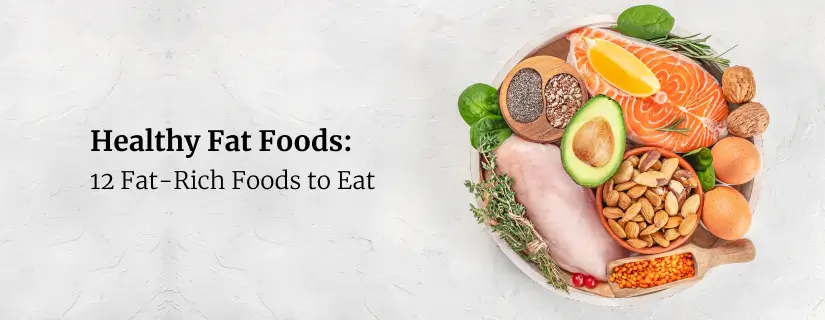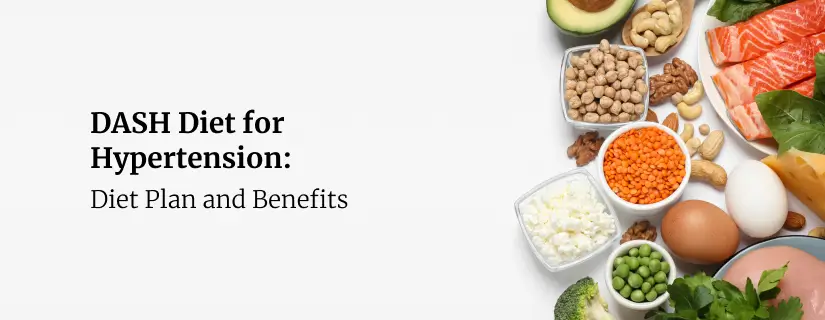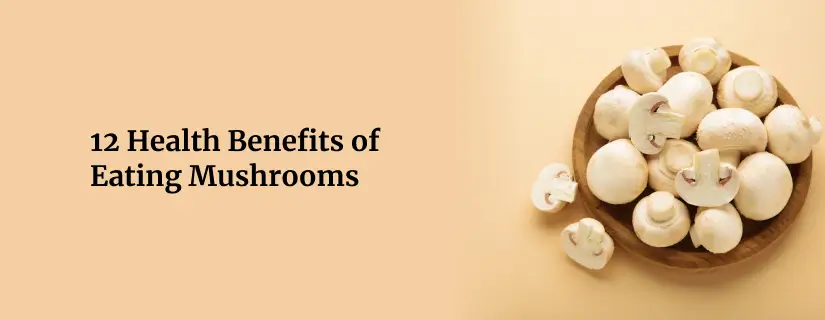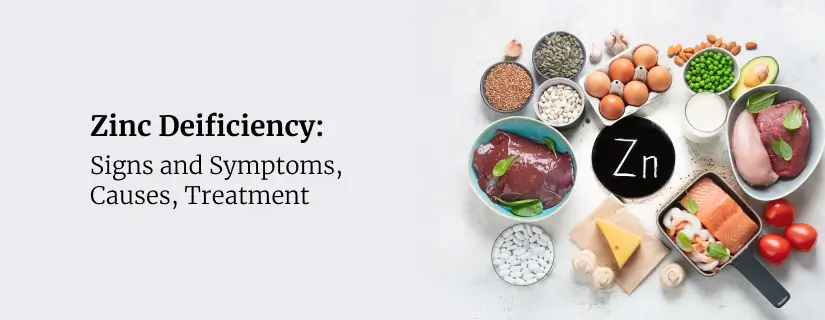-
Doctors
-
Specialities & Treatments
Centre of Excellence
Specialties
Treatments and Procedures
Hospitals & Directions HyderabadCARE Hospitals, Banjara Hills CARE Outpatient Centre, Banjara Hills CARE Hospitals, HITEC City CARE Hospitals, Nampally Gurunanak CARE Hospitals, Musheerabad CARE Hospitals Outpatient Centre, HITEC City CARE Hospitals, Malakpet
HyderabadCARE Hospitals, Banjara Hills CARE Outpatient Centre, Banjara Hills CARE Hospitals, HITEC City CARE Hospitals, Nampally Gurunanak CARE Hospitals, Musheerabad CARE Hospitals Outpatient Centre, HITEC City CARE Hospitals, Malakpet Raipur
Raipur
 Bhubaneswar
Bhubaneswar Visakhapatnam
Visakhapatnam
 Nagpur
Nagpur
 Indore
Indore
 Chh. Sambhajinagar
Chh. SambhajinagarClinics & Medical Centers
Book an AppointmentContact Us
Online Lab Reports
Book an Appointment
Consult Super-Specialist Doctors at CARE Hospitals
What is the Healthy Diet for Children?
Updated on 4 November 2022

The fundamentals of food for children are the same as those of nutrition for grownups. Everybody needs the same nutrition, including vitamins, minerals, carbohydrates, protein, and fat. Children, on the other hand, require varying quantities of certain nutrients at different ages.
List of Nutrient-dense Food
Consider the following nutrient-dense foods,
- Protein: Soy products, seafood, eggs, lean meat and poultry, beans, peas, and unsalted nuts and seeds are a part of a healthy diet for children.
- Fruits: Instead of fruit juice, encourage your youngster to consume a variety of fresh, or dried fruits. If your child drinks juice, be sure it's 100% juice with no added sugars and restrict how much he or she consumes. Canned or preserved juice is to be avoided. Keep in mind that one-quarter cup of dried fruit equals one cup of fresh fruit. Dried fruits, when taken in excess, can provide extra calories.
- Vegetables: Serve fresh veggies. Aim to give a variety of coloured veggies, such as dark green, crimson, and orange, beans and peas, starchy, and others.
- Grains: Whole grains such as whole-wheat bread, oats, popcorn, quinoa, or brown or wild rice are also good choices.
- Dairy: Encourage your child to consume fat-free or low-fat dairy products such as milk, yoghurt, cheese, or fortified soy drinks.
Limiting A Child’s Calorie Consumption
Limit your child's calorie intake from,
- Sugar substitutes: These should be avoided for better health. Natural sugars, such as those found in fruits and milk, are not added sugars. Brown sugar, corn sweetener, corn syrup, honey, and other added sugars are some examples of artificial sugars. Examine the nutrition labels to know the presence and amount of added sugars. Choose cereals with the fewest added sugars. Drinks containing additional sugars, such as soda and sports and energy drinks, should be avoided.
- Trans and saturated fats: Limit saturated fats, which are mostly found in animal products such as red meat, poultry, and full-fat dairy products. Look for ways to substitute vegetable and nut oils for saturated fats, which supply vital fatty acids and vitamin E. Natural sources of healthy fats include olives, almonds, avocados, and seafood. Reduce your intake of trans fats by avoiding meals containing partly hydrogenated oil.
- Sodium: Most youngsters consume much too much salt in their regular meals. Encourage people to munch on fruits and veggies rather than chips and sweets.
If you have any questions regarding children's nutrition or particular concerns about your child's food, consult with a qualified dietitian or doctor from the best dietetic hospitals. Healthy fats contain important fatty acids like omega-3 and omega-6, which the body cannot produce and must be obtained from meals. Use vegetable oils like canola, olive, and/or soybean while cooking. Salad dressings, non-hydrogenated margarine, nut butter (such as peanut butter), and mayonnaise also include healthy fats.
Many solid fats at room temperature include higher trans and saturated fats, which can increase the risk of heart disease. Limit the intake of butter, hard margarine, and lard. Read labels and avoid trans or saturated fats, which are common in many store-bought items including cookies, doughnuts, and crackers. Limit processed meats since they are heavy in fat, sodium (salt), and nitrates (food preservatives).
Parent’s Role in Maintaining a Child’s Diet
It is your responsibility as a parent to,
- Establish regular meal and snack times that work for the entire family. Share mealtimes with your children and eat with them.
- At mealtimes, provide a balance and variety of meals from all dietary categories.
- Provide meals in a manner that they can readily manage. To prevent choking in younger children, for example, chop or mash food.
- Help your children learn to eat independently by teaching them how to use a spoon or cup.
- Participate in age-appropriate meal preparation and table arranging with your child.
- Dessert should not be used as a bribe. Serve healthy dessert options like a fruit cup or yoghurt.
- Eliminating fast food places teaches your children the value of eating together as a family and consuming healthful home-cooked food.
Food Charts by Age
| Age | Dairy | Protein | Fruits & Vegetables | Grains | Snacks |
|---|---|---|---|---|---|
| Infants (0-12 months) | Breast milk or iron-fortified formula | - | Soft fruits (mashed banana, avocado), Well-cooked and mashed vegetables, Iron-fortified cereals, Small amounts of pureed meat or poultry, Full-fat plain yogurt, Small amounts of well-cooked and finely chopped eggs | - | - |
| Toddlers (1-3 years) | Whole milk (until age 2), then transition to low-fat or fat-free milk, Cheese and yogurt (unsweetened) | Lean meats (chicken, turkey, fish), Beans and legumes, Nut butters (peanut butter, almond butter) | A variety of colorful fruits and vegetables | Whole grains (brown rice, whole wheat bread, oats) | Cut-up fruits, Vegetable sticks with hummus, Cheese cubes, Whole grain crackers |
| Preschoolers (4-5 years) | Low-fat or fat-free milk, Yogurt with no added sugars | Continued focus on lean meats, poultry, fish, Eggs, Legumes and beans | More variety and larger portions of fruits and vegetables | Whole grains should make up the majority of grain choices | Fresh fruit slices, Greek yogurt, Raw vegetables with dip, Nuts and seeds (if no allergies) |
| School-Age Children (6-12 years) | Low-fat or fat-free milk, Yogurt, Cheese | Lean meats, Poultry, Fish, Beans and legumes | Varied and colorful choices, Encourage salads, smoothies, and homemade snacks | Whole grains should be the staple (brown rice, quinoa, whole wheat bread) | Trail mix with nuts and dried fruits, Sliced veggies with hummus, Whole grain crackers with cheese |
| Adolescents (13-18 years) | Low-fat or fat-free milk, Greek yogurt, Cheese | Lean meats, Poultry, Fish, Plant-based proteins (tofu, legumes, nuts, seeds) | Encourage a wide variety, Aim for at least five servings a day | The majority of grains should be whole grains | Greek yogurt with granola, Fruit smoothies, Vegetable and hummus wraps, Air-popped popcorn |
Quick Tip
Don't be too concerned if your youngster declines a food item or meal. Avoid feeding them something additional in between meals solely to get them to eat. They'll eat better the next time.
If their weight and size are normal, they are most likely obtaining everything they require. Just make sure your child eats a range of meals from all food groups to ensure they get enough nutrients. At frequent check-ups, your child's doctor will monitor their growth and notify you if there are any issues.
The cravings of kids vary from day to day, and even from meal to meal. Kids must consume tiny quantities frequently throughout the day due to their small stomachs. So, be aware of all the above points and create healthy eating habits in your child.

ENQUIRY FORM
SELECT CATEGORIES
-
Neurosciences (16)
-
Neurology (38)
-
Neurosurgery (14)
-
Orthopaedics (48)
-
Oncology (33)
-
Obstetrics and gynecology (52)
-
Pulmonology (23)
-
Urology (20)
-
Nephrology (13)
-
Psychiatry (7)
-
Dietetics and Nutrition (111)
-
General Medicine (63)
-
Cardiac Sciences (32)
-
Vascular & Endovascular Surgery and Interventional Radiology (15)
-
Gastroenterology (46)
-
Endocrinology (23)
-
Plastic Surgery (10)
-
Critical Care Medicine (5)
-
COVID-19 (16)
-
Dermatology (16)
-
Emergency Care (1)
-
Ophthalmology (4)
-
Pediatrics (14)
-
Laparoscopic and Bariatric Surgery (8)
-
ENT (15)
-
Kidney Transplant (1)
-
Liver Transplantation and Hepatobiliary Surgery (5)
-
General Surgery (3)
-
Internal Medicine (5)
-
Medicine Information
Vitamin B12 Deficiency: Symptoms, Prevention, and Treatment
Tips for Healthy Weight Loss & Dieting
YOU MAY ALSO LIKE
RECENT BLOGS
-
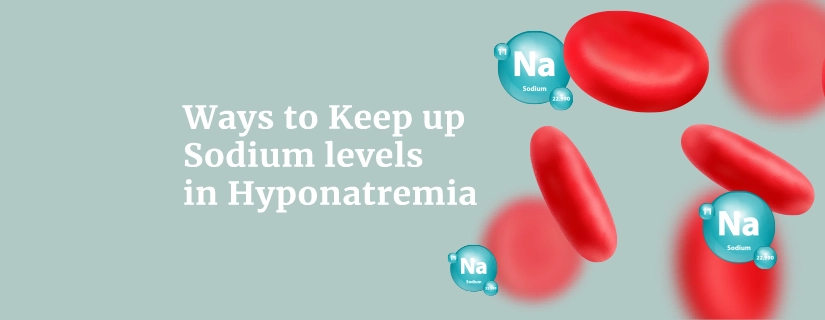
Ways to Keep up Sodium levels in Hyponatremia
11 December 2025
Read More
-
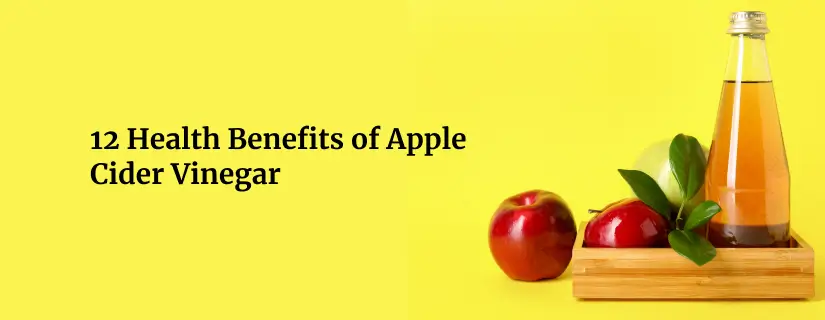
12 Health Benefits of Apple Cider Vinegar
1 December 2025
Read More
-

Vitamin B6 Vs B12: What Is the Difference?
1 December 2025
Read More
-

8 Health Benefits of Vitamin B Complex
1 December 2025
Read More
-

15 Home Remedies for Stomach Pain
1 December 2025
Read More
-

Leukocytes in Urine: Symptoms, Causes, and Treatment
1 December 2025
Read More
-

Lower Back Pain in Women: Causes, Symptoms, Treatment and More
1 December 2025
Read More
-

Male Yeast Infection: Symptoms, Causes, Treatment and Home Remedies
1 December 2025
Read More
Have a Question?
If you cannot find answers to your queries, please fill out the enquiry form or call the number below. We will contact you shortly.



